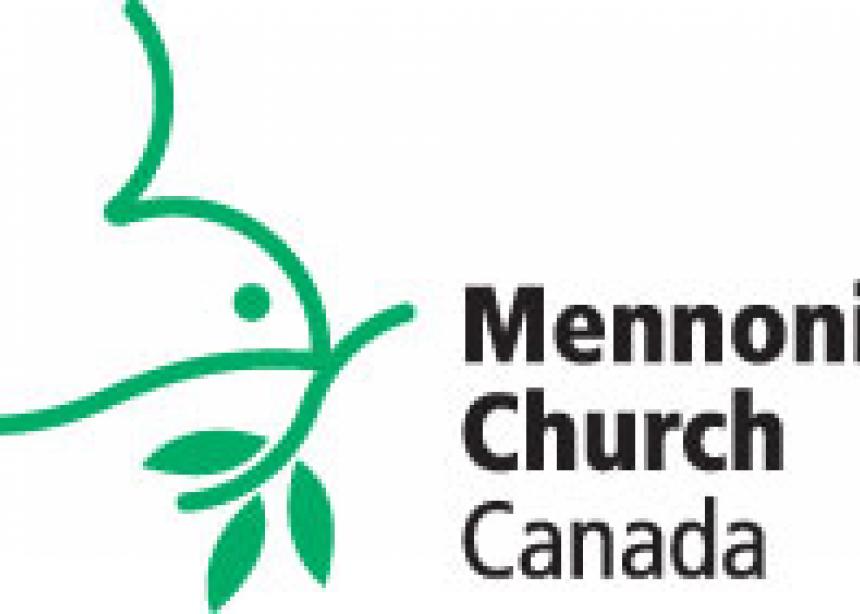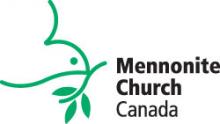Path #2: Context makes a difference
By Rudy Baergen, Co-chair, Being a Faithful Church Task Force
“Context makes a difference in how Scripture is interpreted, understood, and applied for faith and life. Context refers not only to the importance of understanding the time and place out of which Scripture emerged and to which it was addressed. It also refers to our time and place and how that impacts our understandings of Scripture.”
In the weeks leading up to the American election, Barak Obama and Mitt Romney have both protested that their comments have been taken out of context. Words are given meaning by their context, both by the one in which they are spoken and the one in which they are heard. When a taxicab driver in Bogota, Colombia, where there are no seasons says, “we are having winter today” it means something quite different than when we say it in Canada!
By context we can refer to the whole conversation, its spirit and intent. Or to the broader things like historical and cultural environment which give life to a story, a teaching or a value.
When we study Scripture we must also be respectful of context. The words of Jesus in Luke 22:36, “And the one who has no sword must sell his cloak and buy one,” are not calling Canadian Christians to trade in their winter coat for a sword! We can’t understand these strange words without looking into the context, which includes Jesus disallowing use of the sword by his disciples to protect him (22:49-50). Spoken and written words of Scripture belong to sentences, conversations, paragraphs and even a selected collection of books, all of which give shape to the particular meaning. Words spoken in one historical, cultural context will not necessarily allow for a simple application in another. And the blinders of our own context may make it difficult for us to hear the word of Scripture, as in the story of Lazarus and the rich man. What does it mean for us to remember the Sabbath in our post-Christendom time? How do we understand Paul’s prohibiting women to speak in church (I Cor 14:34) given our own sociological context? What is the role of context when we consider the first Century tendency to merge mental illness with demon possession?
While we believe that God’s Word transcends time and culture we also know that our human language and concepts, as well as our scientific and political world views, are shaped by our context. Context is the water that we swim in. God’s Word waits to be transposed from its Scriptural context to the one in which we move, live and have our being.
Path #6: Scripture is a living word
By Rudy Baergen, Co-chair, Being a Faithful Church Task Force
“Scripture persistently hopes that the letters of its words will become a living word in a world in need of redemption. This does not diminish the authority of Scripture, but sharpens it and makes it real in our community and to the world. This pathway indicates that other sources can illuminate what Scripture also teaches.”
This pathway wants to teach us that Scripture is not a fossilized, time-constrained library of ancient literature. It’s not a quaint museum piece which tells us how things used to be or how people used to think. Rather, we believe it contains the living Word of God which through God’s Spirit brings new life to humans wherever they find themselves. Sometimes the new listeners can easily apply its stories or teachings. The parable of the Good Samaritan in any setting readily finds new characters that re-enact the roles of the ill-fated traveller, the robber, the priest, the Levite and the Samaritan.
In other cases, a story in Scripture speaks in ways that the author could never have foreseen, as in the story of King Ahab’s appropriation of Naboth’s vineyard. Ahab’s action becomes a prophetic word against speculation in our capitalistic economy. Or when Jesus’ exception clause allowing for divorce and remarriage in some situations (Matthew 19:9) might give other new insight on how to deal in a redemptive way with divorce and remarriage in the 21st century. Whenever Jesus clarifies the law with his pronouncement, “You have heard that it was said . . . But I say to you” he does not negate or diminish the authority of the law, but he goes to the heart of its intent and brings it to life in his own setting. Amazingly, Jesus, in turn, gives the task of sharpening the authority of the scripture to his disciples: “Again, truly I tell you, whatever you bind on earth will be bound in heaven, and whatever you loose on earth will be loosed in heaven” (Matthew 18:18).
The stories and teachings of Scripture, while offered in a pre-scientific age, continue to reveal and guide in an age where humans now know that the earth is round and circles the sun. Scripture’s insistence on the sanctity of life continues to be authoritative even in a time of accessible abortion and difficult questions around the end of life. New sources of information from scientific research, the social sciences, medical studies, etc. will not negate the authority of Scripture but can help us to sharpen the intent of Scripture and make wise applications.
--Posted Nov. 7, 2012
Others in the series:
Part 1- Being a faithful church: The paths and ditches of biblical interpretation (Oct. 15, 2012 issue)
Part 2- The paths and ditches of biblical interpretation (Oct. 29, 2012 issue)
Part 4- The paths and ditches of biblical interpretation (Nov. 26, 2012 issue)
Part 5- The paths and ditches of biblical interpretation (Dec. 17, 2012)
Part 6- The paths and ditches of biblical interpretation (Jan. 7, 20, 2013)



Add new comment
Canadian Mennonite invites comments and encourages constructive discussion about our content. Actual full names (first and last) are required. Comments are moderated and may be edited. They will not appear online until approved and will be posted during business hours. Some comments may be reproduced in print.